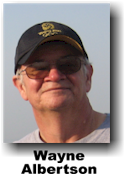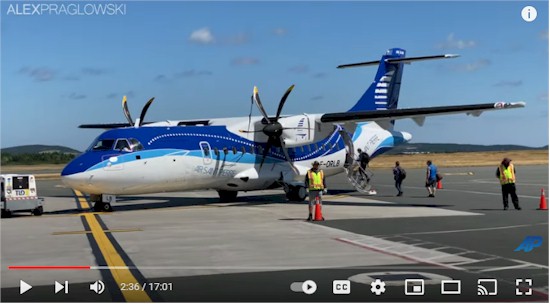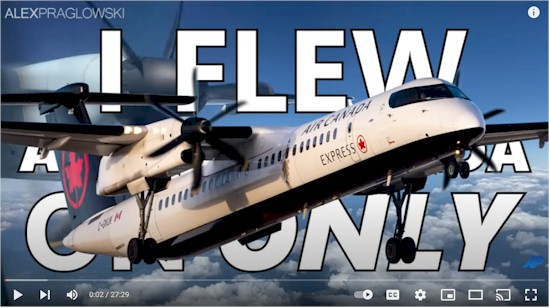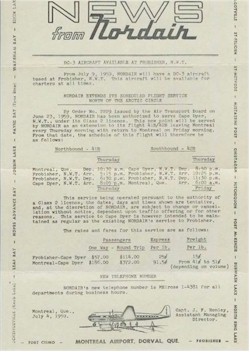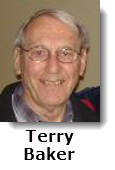|
From the 'CP Air News' magazine. |
|
Issue dated July 1973 |
|
Lightning accuracy - CP Air computer to mastermind bookings You'll be seeing more of these in the future as CP Air introduces its computerized reservation facilities. It's a cathode ray tube and keyboard that will be installed at telephone sales positions, in ticket offices and airport service counters. Necessary information will be flashed on the tube within three seconds of a request being punched on the keyboard. With this unit are left to right: Barbara Martel, of computer services; Roger Bailes, of payload control; Mike Kiousky, of computer services; Marg Twamley, of reservations; and Mary Simpson, of computer services. Editors' Note: Quite an interesting piece of history considering the technological advancements in the almost fifty years that have passed since this story was published. |
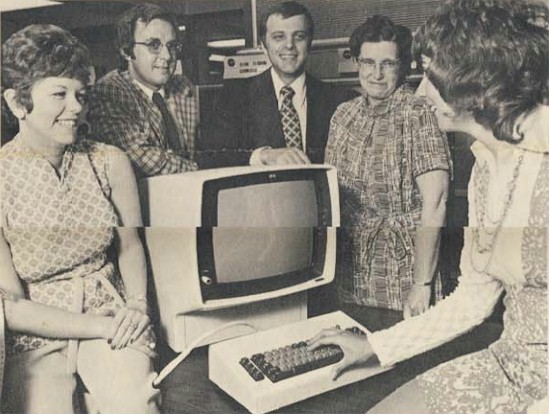 |
 Found on the Nordair Facebook page Found on the Nordair Facebook page |
|
DC-3 aircraft available to Frobisher Bay Nunavut Posted by Carle Chadillon Nordair had a DC-3, available for charters at all times, based at Frobisher Bay. A sample of the rates, at the time, charged for Frobisher - Cape Dyer were $57 return $114. Montreal - Cape Dyer was $186 return $372 |
|
Posted by Michel Lafrance Photo of a Super Constellation at Frobisher Bay (now Iqaluit) Airport (YFB), circa 1968. |
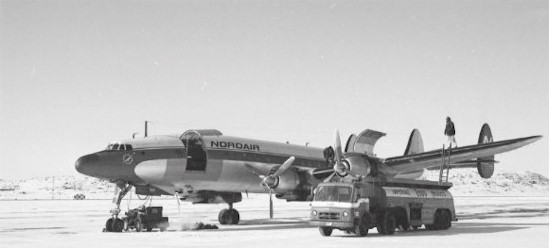 |
|
Posted by John Desramaux Royal Tour 1976 Montreal Olympics, Saint-Hubert Longueuil airport (YHU) Queen Elizabeth II and Prince Philip (back to camera) with the flight crew. |
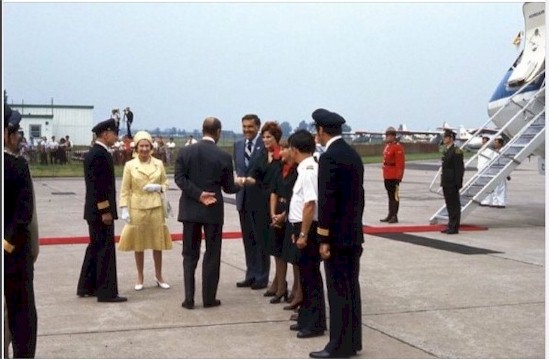 |
|
Royal flight crew: Danielle Raymond, Suzanne Duperron, Carole Boucher, Beverly Biborosch, Marcel Laurin, Bernie Duperron and Captain John Smith. |
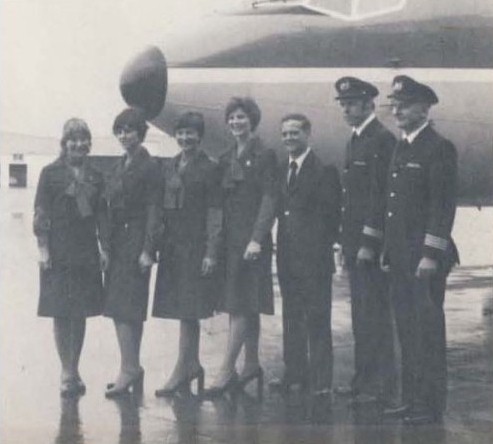 |
|
"Always be nice to your children because they are the ones who will choose your retirement home."- Phyllis Diller. |
|
|
|
In the Air Canada Pionairs UK/EU Newsletter #326 - Aug/Sept 2022, it was announced that Jack Morath, Social Director in the LHR District for many years, was stepping down. I would like to share my memories of working with Jack - |
|
Jack and I go way back... We started in the 60's organising events for the Purchasing & Supply department at LHR. Later, during the 'Cabbage Patch' event, the Douglas Aircraft mechanics helping to repair the DC-8 were included. There was ten pin bowling, horseback riding, pitch & putt golf, softball games, a trip down the river Thames complete with a live band for much dancing, a very popular event. I left LHR for YUL in 1965. Jack carried on and when the Pionairs started up in LHR, Jack became its social director and, assisted by his wife, Aureen, organised pub nights, theatre evenings, visits to various factories including Vickers (Viscount) and Bristol (Concorde) as well as evening strolls around downtown London with a tourist guide. The annual weekend at a North American city, including, Halifax, Ottawa, Montreal, Calgary, Edmonton, Vancouver, Washington, Los Angeles, Dollywood and, finally, a 3 night cruise out of Miami. A single weekend in Nice, France was included. These weekends were a very popular event and fully subscribed with 50+ people, enough to fill a school bus used to visit touristy areas and always a final dinner. I assisted Jack for the Dollywood event. For an Alaska cruise, I found out that for every group of 15 persons I could get the 16th free. Jack organised the retirees at the UK end, and I arranged the hotel and cruise details - I was the freebie! After the years since the 70's, Jack has now retired from his social activities for the UK Pionairs and he will be sorely missed. |
|
Answer to 'Name this aircraft' in the 'Odds & Ends' section. . The Beechcraft 1900D is a 19-passenger, pressurized twin-engine turboprop regional airliner manufactured by Beechcraft. It is also used as a freight aircraft and corporate transport, and by several governmental and military organizations. With customers favouring larger regional jets, Raytheon ended production in October 2002. |
|
London Heathrow Airport: A Complete History Although Heathrow is the main airport for London today, this was not always the case. It was around 1410 when historians cite the first known mention of a semi-rural lane called Heathrow, which at the time was spelt La Hetherewe (very posh indeed). La Hetherewe was a wayside village along a minor country lane. |
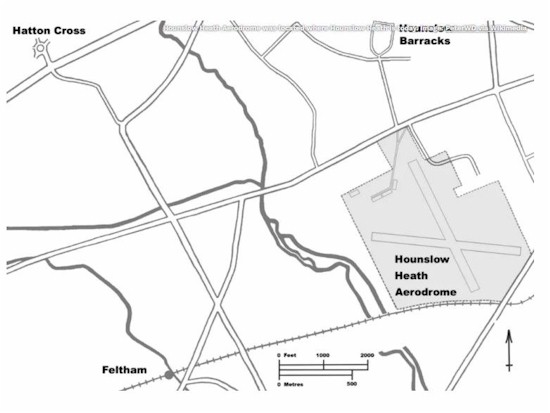 |
|
In the early 20th Century, there were a couple of small airfields in the same area. Northolt Aerodrome, north of today's airport, was used for aircraft testing and assembly. And to the south was Hounslow Heath Aerodrome. This was London's main airport from 1917 to 1919, and the only one able to handle international flights. Hounslow Heath Aerodrome closed in 1919, and Croydon Airport became London's main airport. Up until the Second World War, this was the UK's main airport. It saw many innovations, including the world's first purpose-built air traffic control tower and the first passenger terminal in the UK. It transferred to RAF use during the war. Although the airport returned to civilian use after the war, Heathrow became designated as the main airport for the city. Croydon finally closed down in 1959. Excerpt from: Click the link for the full article and additional photos. |
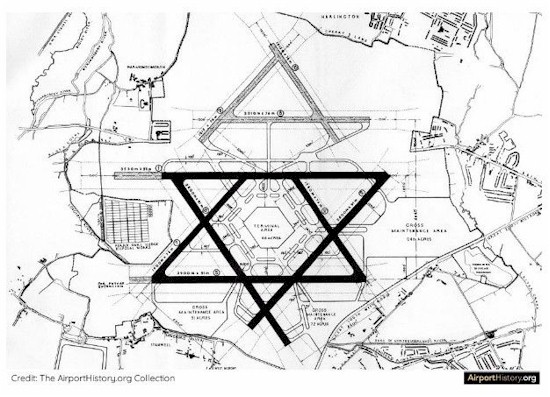 |

